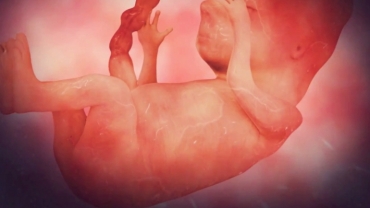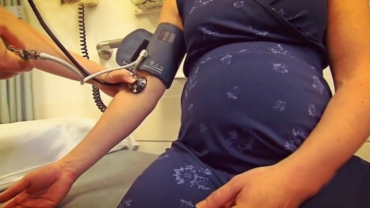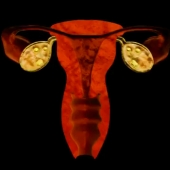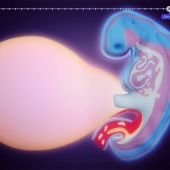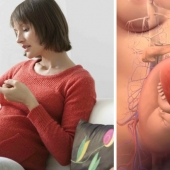An episiotomy, is a surgical incision of the perineum and the posterior vaginal wall generally done by a midwife or obstetrician during second stage of labor to quickly enlarge the opening for the baby to pass through.
The incision, which can be done at a 90 degree angle from the vulva towards the anus or at an angle from the posterior end of the vulva (medio-lateral episiotomy), is performed under local anesthetic (pudendal anesthesia), and is sutured closed after delivery.
Episiotomy can be avoided by 'birth canal widening' performed before the start of labour and achieving a 10 cm opening to the birth canal so the baby's head can pass through easily.
Types of Episiotomy
Midline: The midline episiotomy involves cutting through less muscle tissue and following the natural line of the perineum that a tear would take if it occurred. This can mean they are easier to repair, involve less blood loss, heal better, and have less scarring and possibly less pain in the early weeks after the birth.
The disadvantages can be that performing a midline episiotomy increases the chances of the cut extending through to the anus and causing a 3rd or 4th degree tear. In one study the incidence was shown to be as high as 24% extending in this way.
Mediolateral: A mediolateral episiotomy involves cutting into more muscle tissue and does not follow the natural way a woman would tear. This can mean they are harder to repair, have increased bleeding, the cut may not heal as well, it may produce more scarring, and possibly more pain in the weeks following the birth.
The advantage of a mediolateral episiotomy is that it is less likely to extend to a 3rd or 4th degree tear.
- 43815 views





